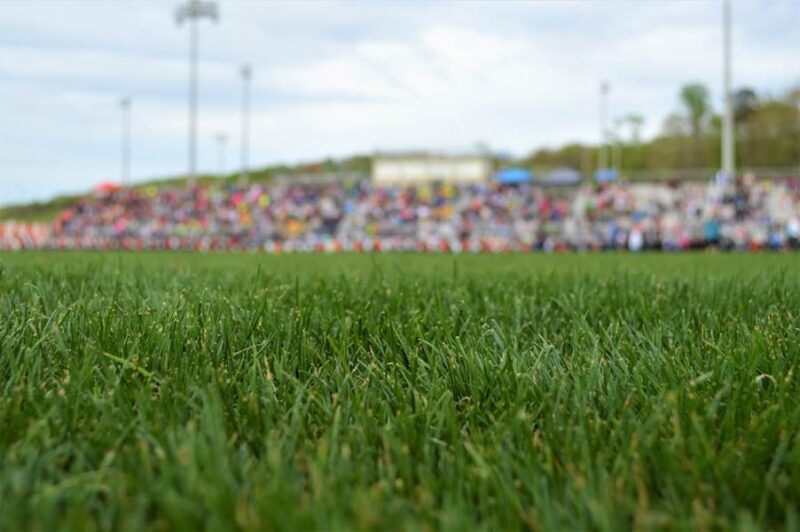Maintaining a sports pitch is crucial for ensuring its longevity, playability, and safety. Proper maintenance is essential if your club plays football, rugby, cricket, or any other sport. Neglecting maintenance can lead to uneven surfaces, poor drainage, and increased risk of injury. Here’s a comprehensive maintenance guide to help clubs keep their pitches in top condition.
Regular Inspections
Conduct regular inspections to identify any issues, such as bald patches, weed infestations, or drainage problems. Early detection allows for prompt action to prevent further deterioration.
Mowing
Frequent mowing is important to keep the grass at an appropriate height for play and to promote healthy growth. Change the cutting height based on the type of sport and season, ensuring not to cut more than one-third of the grass height in a single mow. To make mowing easier, you should consider using a riding lawn mower from Cub Cadet.
Aeration
Aerating the pitch helps alleviate soil compaction, improves root growth, and enhances drainage. Use aeration equipment such as spiked shoes, solid tine aerators, or hollow-tine aerators, depending on the severity of compaction.
Overseeding
Over time, the grass on sports pitches can thin out due to wear and tear. Overseeding helps replenish the grass and maintain a dense, healthy turf. Choose high-quality grass seeds suitable for your climate and pitch conditions.
Fertilization
Regular fertilization provides essential nutrients to the grass, promoting healthy growth and vigor. Conduct soil tests to determine the appropriate fertilizer formulation and application frequency.
Irrigation
Proper irrigation is crucial for maintaining adequate soil moisture levels and promoting healthy grass growth. Monitor weather conditions and adjust irrigation schedules accordingly to prevent overwatering or drought stress.
Weed Control
Weeds not only detract from the aesthetic appeal of the pitch but also compete with grass for nutrients and water. Implement a proactive weed control program using herbicides or manual removal techniques as needed.
Disease and Pest Management
Keep an eye out for signs of turf diseases or pest infestations, such as discolored patches or insect activity. Promptly address any issues with appropriate fungicides or insecticides to prevent spreading and minimize damage.
Pitch Markings
Clear and accurate pitch markings are essential for players and officials during matches. Regularly repaint lines and markings to ensure they are visible and compliant with regulations.
Drainage Maintenance
Effective drainage is critical for preventing waterlogging and maintaining a playable surface, especially during wet weather. Clear debris from drains and channels regularly, and consider installing additional drainage systems if needed.
Pitch Protection
Minimize wear and tear on the pitch by restricting access during unfavorable weather conditions or when maintenance work is being carried out. Implement rotational usage of the pitch to allow for recovery periods.
Professional Maintenance
While much of the maintenance can be carried out by club volunteers or groundskeepers, consider hiring professional turf management services for specialized tasks such as aeration, pest control, or soil testing.
Educational Resources
Provide training and educational resources for club members involved in pitch maintenance to ensure they have the knowledge and skills needed to perform their duties effectively.
By following these guidelines and investing time and resources into regular maintenance, sports clubs can ensure their pitches remain in optimal condition year-round. A well-maintained pitch enhances the playing experience and reflects positively on the club’s image and reputation within the community. A little bit of effort goes a long way in preserving the integrity and quality of your sports pitch.










